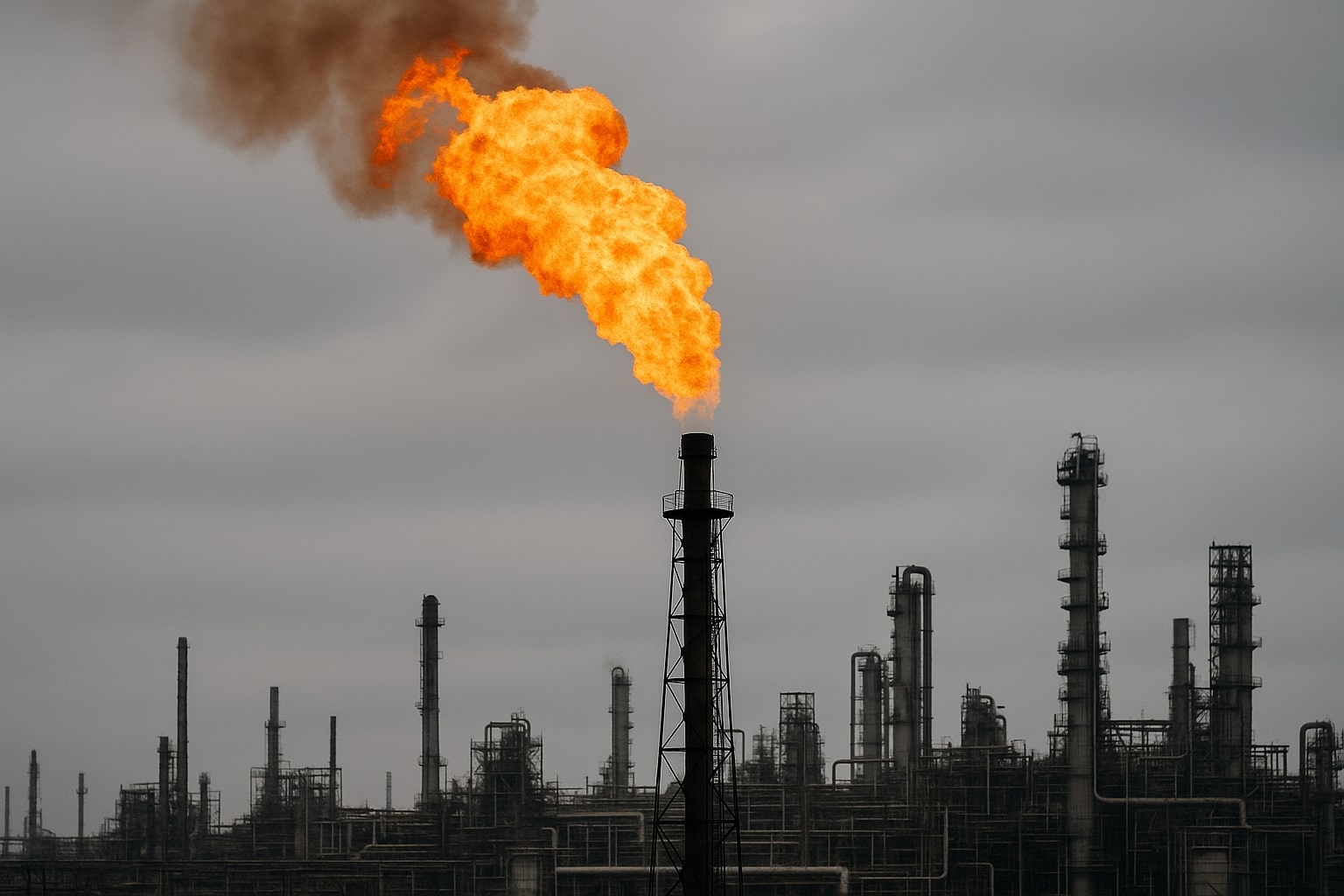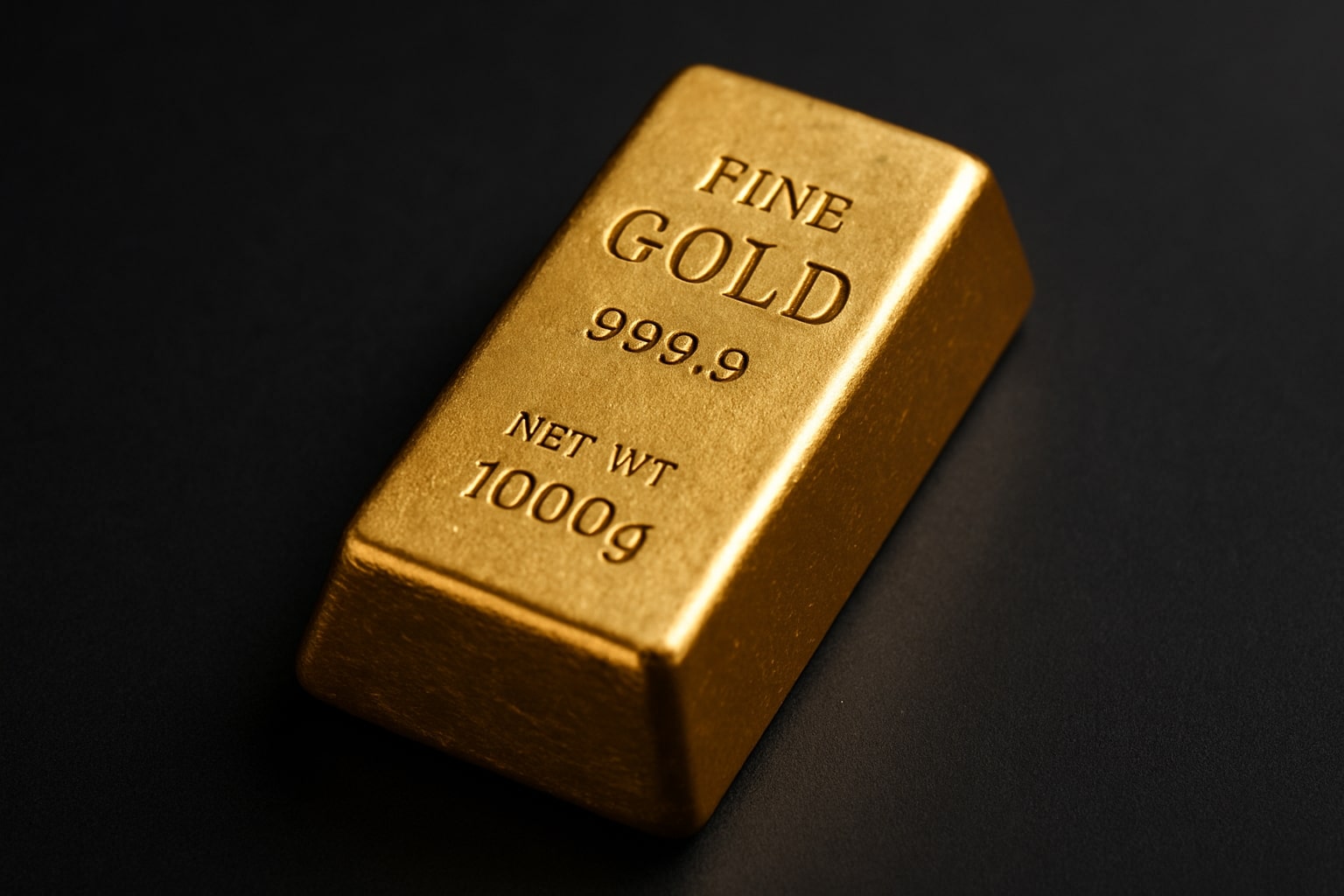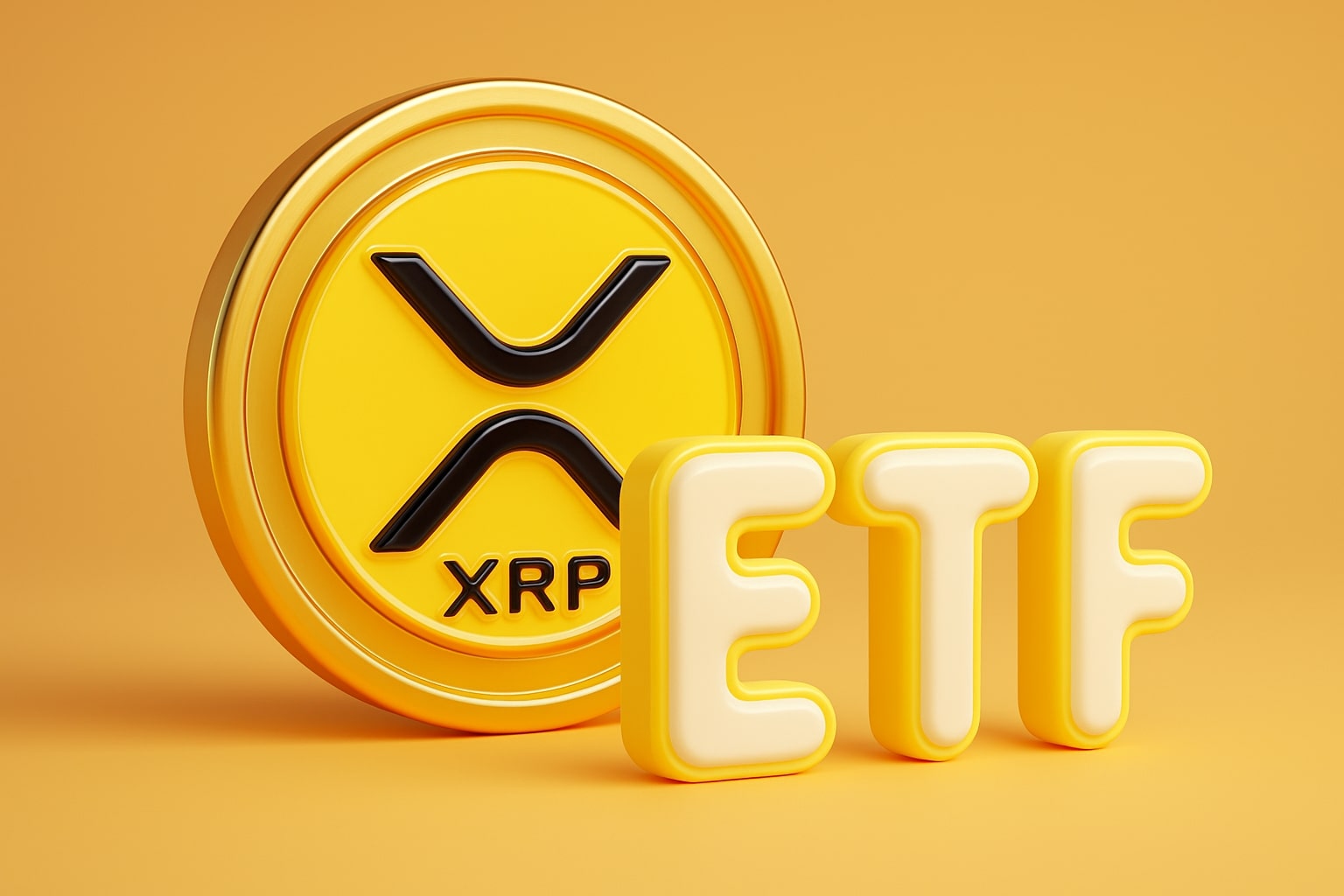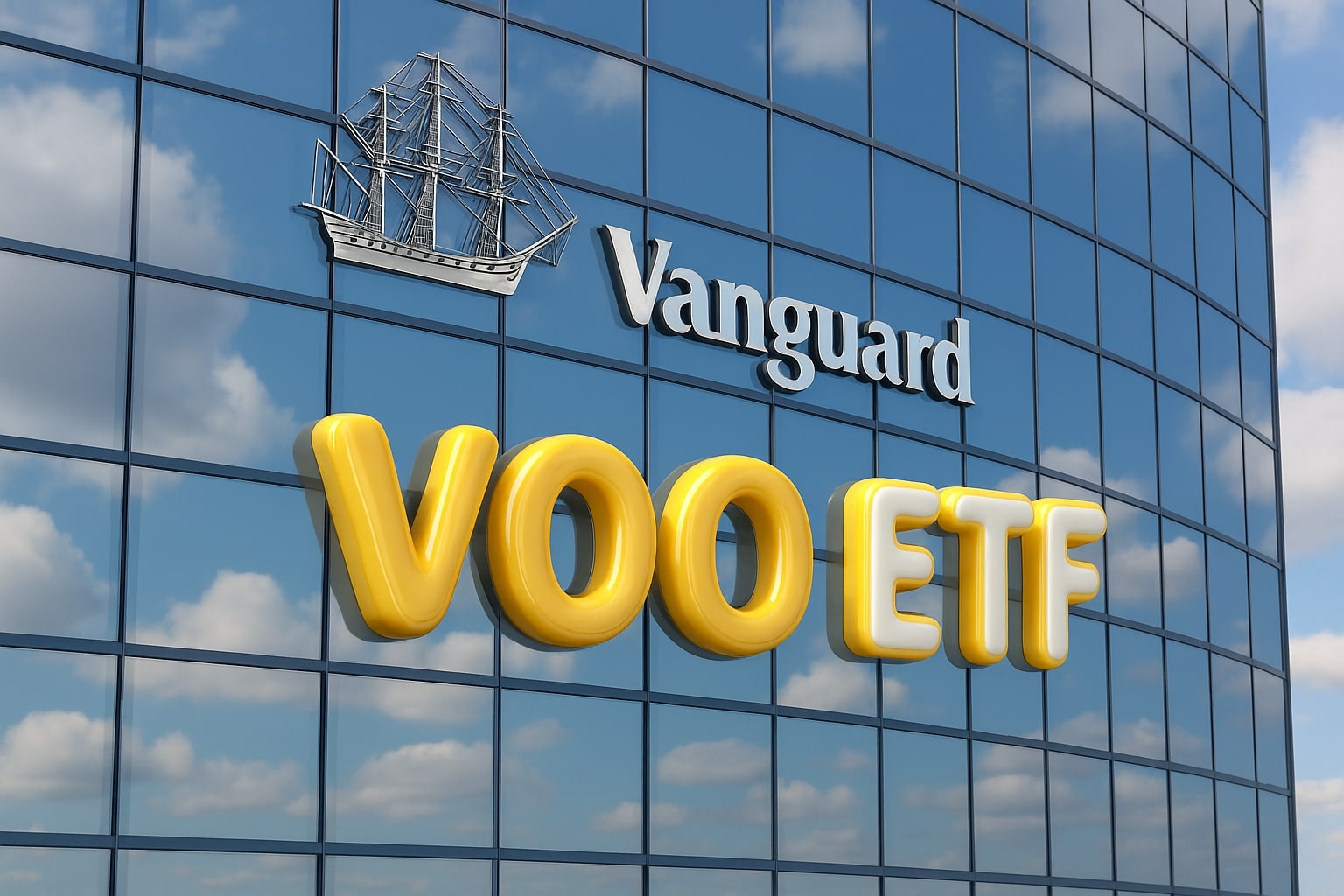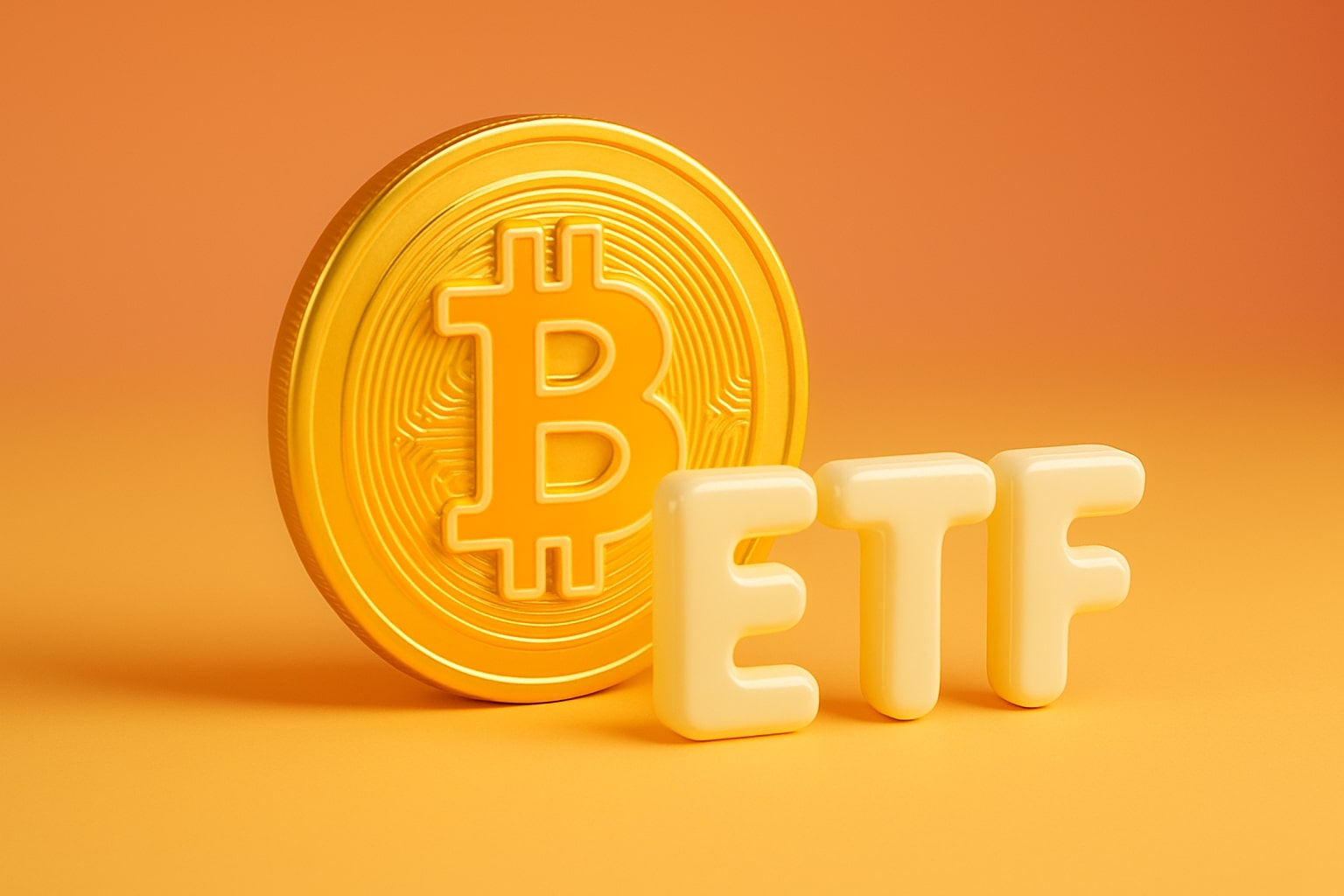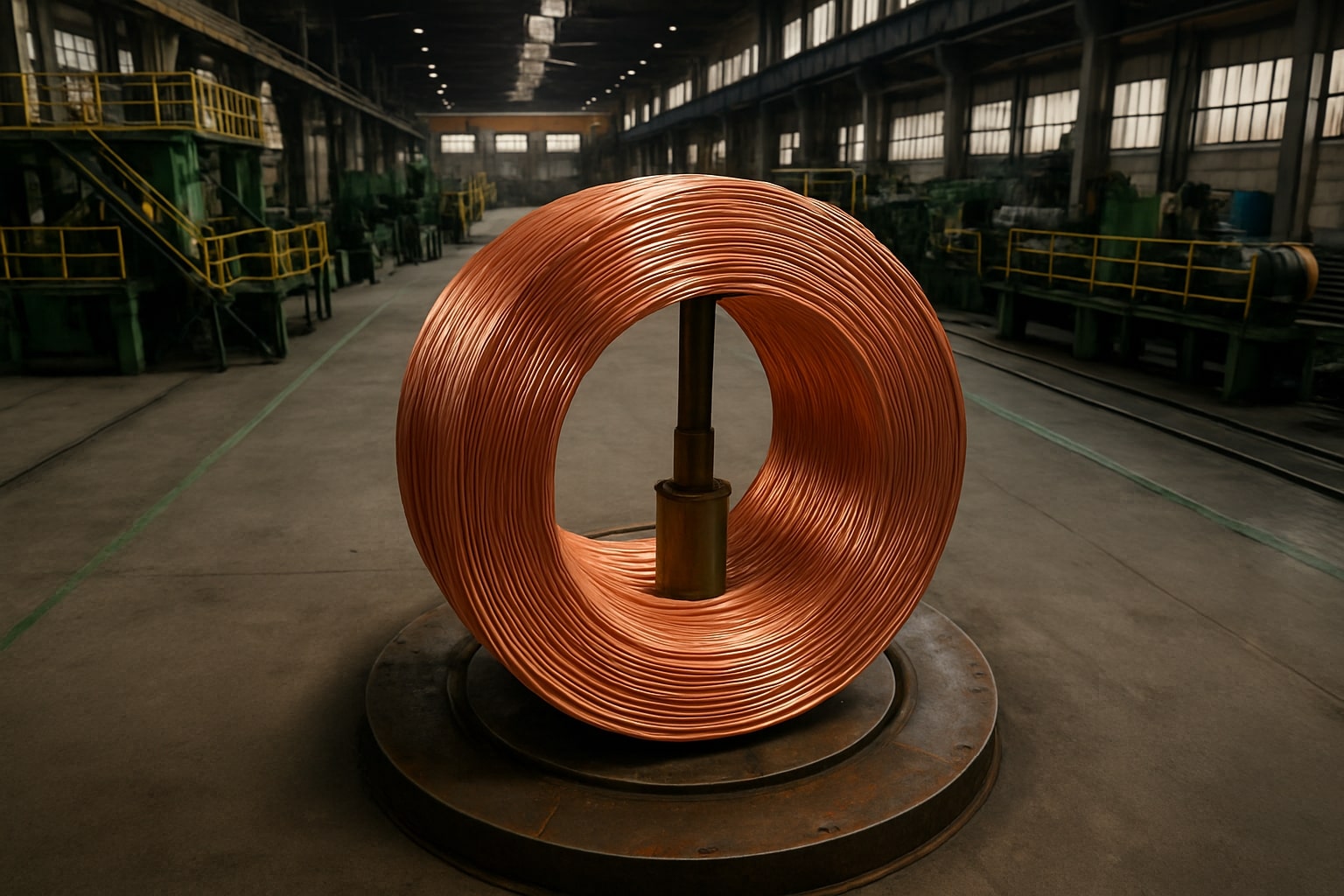
Copper Price Forecast: HG=F Faces Supply Crunch as Electrification Accelerates
Copper Demand Surges While Major Miners Struggle to Expand Output | That's TradingNEWS
Copper Price Analysis: Structural Demand Meets Supply Constraints
Electrification and AI Infrastructure Drive Copper (HG=F) Demand
Copper’s price trajectory is increasingly defined by its role in global electrification and technology buildout. Trading around $3.85–$3.90 per pound on COMEX, HG=F has underperformed gold on a 25-year horizon despite being indispensable for clean energy and AI infrastructure. A single EV requires 83kg of copper—about four times that of combustion vehicles—while offshore wind turbines consume up to 6.5 tons per megawatt. Data centers, surging with the AI boom, each add hundreds of tons in wiring and cooling requirements. This convergence of mobility, renewable power, and AI infrastructure points to sustained 40–50% demand growth by 2030, according to IEA projections.
Supply Bottlenecks Keep Growth Constrained
While demand accelerates, global producers are struggling to expand. BHP’s Escondida—its largest mine—produced 0.9–1.0Mt annually despite $10B in investments, with medium-term guidance flat. Declining ore grades, water scarcity in the Atacama, and permitting delays have raised all-in sustaining costs near $3.50/lb for many operators, leaving little incentive to expand supply at current price levels. Glencore is closing Mount Isa and Townsville facilities in Australia due to high energy costs, redirecting ~$16B toward Argentine projects like El Pachón and Agua Rica. While these South American resources offer better capital efficiency—Agua Rica’s intensity at $145,000 per ton is nearly half El Pachón’s $275,000—the region brings risks tied to Argentina’s fragile mining culture and political volatility.
Geographic Reallocation and Strategic Shifts
Capital is moving rapidly toward the Andean belt. BHP abandoned Australian nickel-copper ambitions in favor of Argentina’s Filo del Sol and the broader Vicuña district. Hudbay’s Copper World in Arizona sold 30% for $600M, valuing it at $1.8B, but U.S. permitting obstacles delay phase-two expansion. Marimaca’s definitive feasibility study confirmed pre-production capex at $587M with highly competitive $11,700/t intensity, a $700M NPV at $4.20/lb, and IRR of 31%, highlighting Chile’s advantage in mid-cap copper projects despite rising royalties.
Institutional Positioning and Critical Mineral Status
Policy is adding fuel to copper’s strategic importance. The U.S. formally moved to designate copper a critical mineral, triggering potential permitting reforms, tax incentives, and stockpiling programs. Globally, 65% of current copper supply comes from water-stressed regions, and China controls over 40% of refining capacity, underscoring geopolitical vulnerabilities. Funds are positioning early: Wheaton Precious Metals injected $270M into Hudbay’s Copper World via a streaming deal, while Glencore and BHP’s long-term capex plans cement copper as a central growth pillar alongside iron ore.
Exploration and Junior Momentum
Smaller players are offering optionality. Gladiator Metals in Canada’s Yukon reported 77m at 1.7% Cu and 14m at 8% Cu, building a ~$76M valuation. Fitzroy Minerals in Chile delivered 119m at 0.53% Cu oxides with potential SX-EW tolling, cutting ~$40M from upfront costs. ATEX Resources, with a ~$450–500M market cap, continues to report thick intercepts at Valeriano in Chile, positioning itself as a district-scale porphyry contender. While higher risk, these juniors are capturing investor attention as majors telegraph flat production.
Price Dynamics and Technical Landscape
Technically, HG=F is consolidating near $3.85/lb with multi-year support around $3.60 and resistance zones stretching from $4.20 to $4.50. Breaks above $4.20 would expose upside targets at $5.00, a level needed to incentivize new supply. The copper-to-gold ratio remains near multi-decade lows, highlighting copper’s relative undervaluation against precious metals. Trading volumes on LME and COMEX have been stable, but high treatment and refining charges (TC/RCs) signal tightness in concentrate supply. With seasonal demand strengthening in Q4—driven by Chinese grid spending—price pressure is skewed upward into 2026.
Policy, ESG, and Supply Chain Security
Environmental and social risks are reshaping the copper investment landscape. Water usage of 70–80 cubic meters per ton and tailings management issues extend project timelines, while social opposition in Argentina and the U.S. complicates expansions. ESG-compliant operators are securing higher valuations, as funds pivot toward sustainable miners. Recycling contributes ~30% of global supply, using 85% less energy than primary mining, but even aggressive recycling scenarios leave a 4–6Mt annual deficit by 2035. This imbalance reinforces the case for higher copper prices as governments fund electrification and secure domestic supply chains.
Verdict on Copper (HG=F)
With copper trading around $3.85/lb, structural demand growth from EVs, AI, and grid modernization collides with stagnant supply despite billions in capex. Critical mineral designation in the U.S., geographic capital reallocation to South America, and flat output guidance from majors like BHP and Glencore highlight an industry unable to scale at the pace demand requires. Technicals point to consolidation before a possible breakout above $4.20, while fundamentals argue for sustained higher prices to ration demand and justify new projects. Based on the convergence of policy support, institutional inflows, and supply bottlenecks, HG=F is a Buy on medium- to long-term horizons, with upside targets extending toward $5.00/lb and potential $5.50/lb if supply shortfalls materialize through 2026.
That's TradingNEWS
Read More
-
VOO ETF Hits $630 as Fed Shift and AI Growth Power 2026 Rally Toward $700
07.12.2025 · TradingNEWS ArchiveStocks
-
XRP ETFs XRPI & XRPR Aim for $1B Inflows as XRP Holds $2.02 Support
07.12.2025 · TradingNEWS ArchiveCrypto
-
Natural Gas Price (NG=F) Rallies to $5.29, Freezing Temperatures Spark Bullish Breakout
07.12.2025 · TradingNEWS ArchiveCommodities
-
USD/JPY Price Forecast - Dollar Extends Slide to 154 as BoJ Hawkish Pivot Drive Yen Toward 150
07.12.2025 · TradingNEWS ArchiveForex














